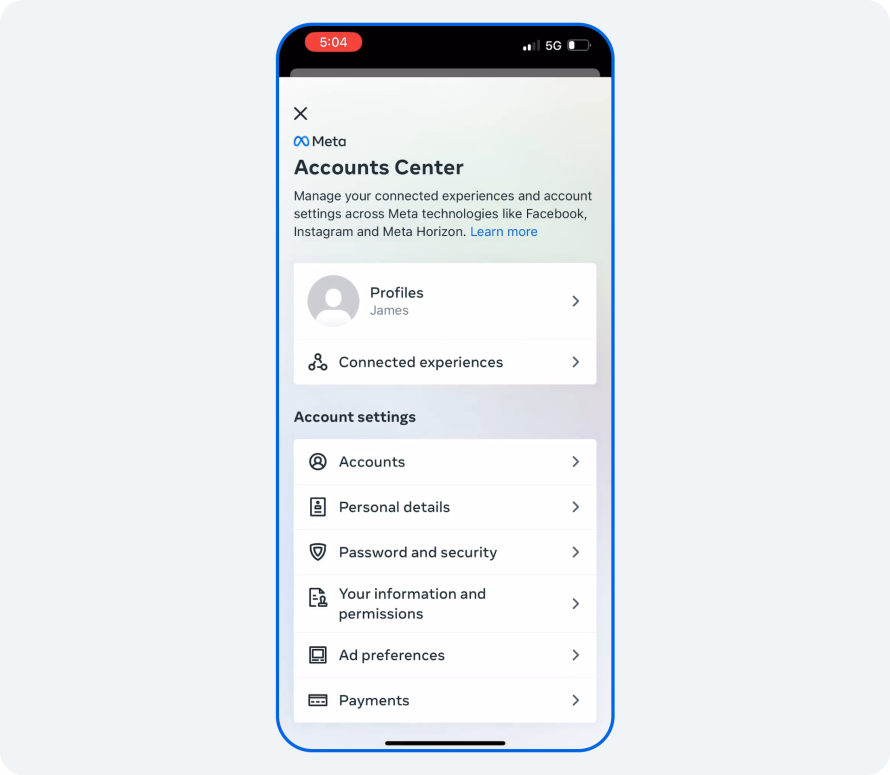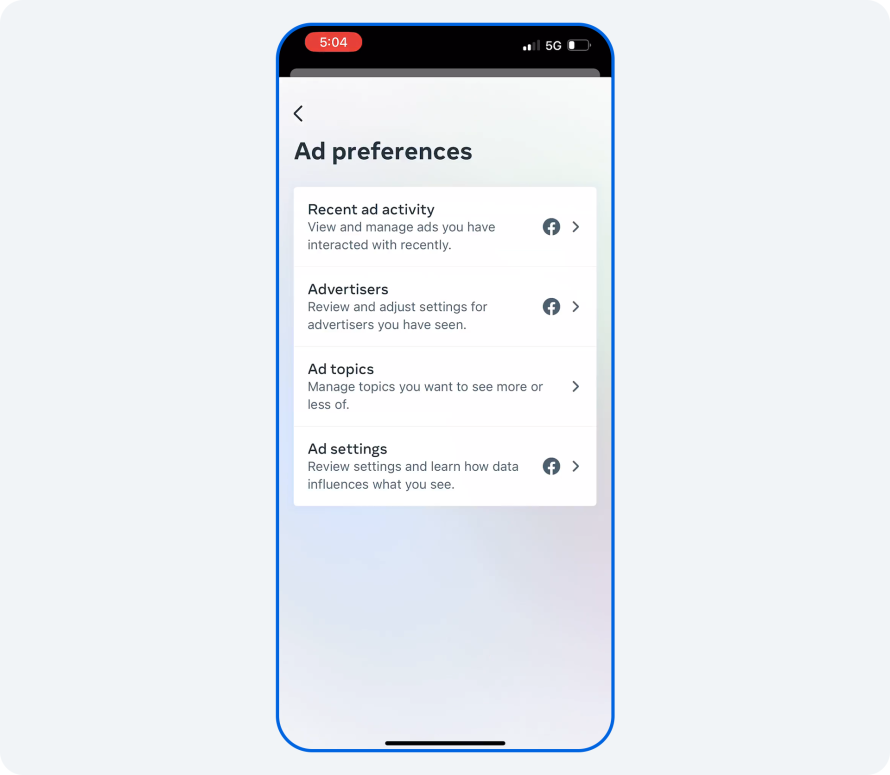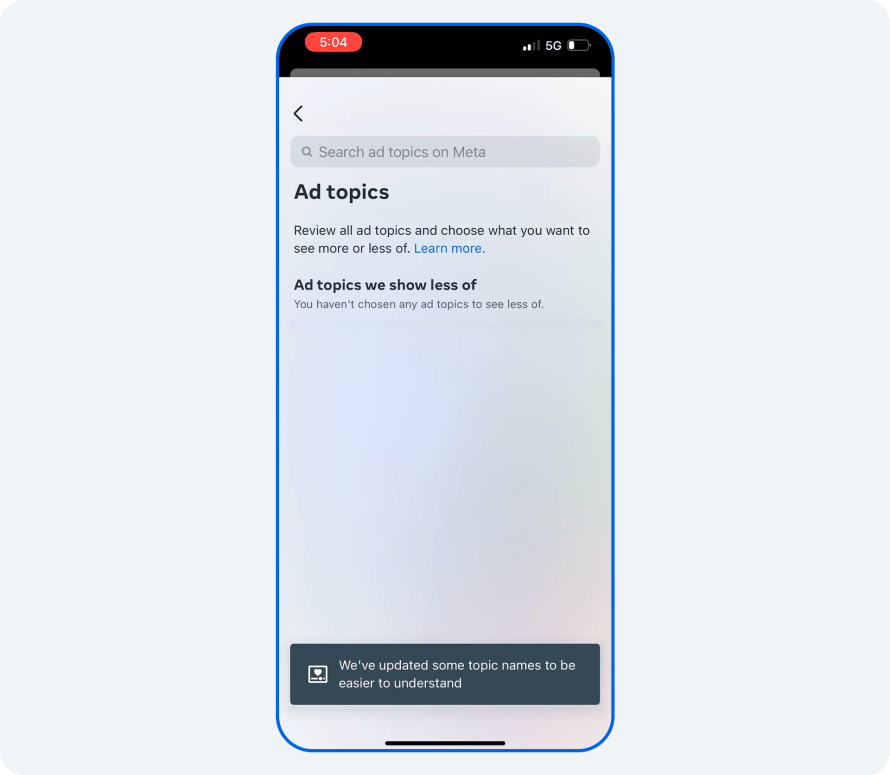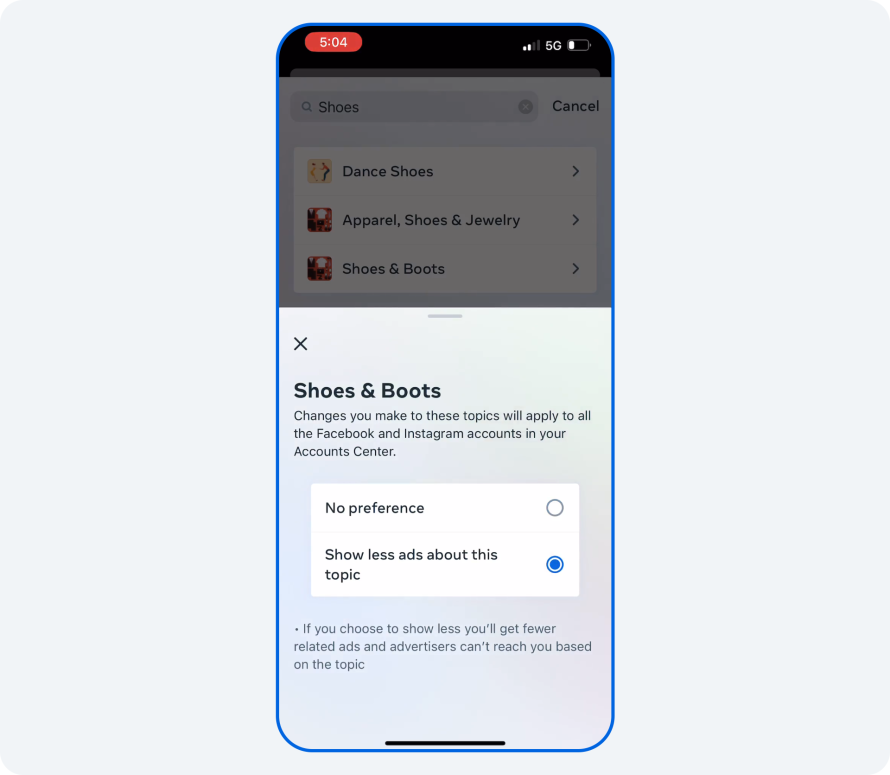
As part of our continued work to keep our apps age-appropriate for teens, we’re making further changes to their ad experiences. We recognize that teens aren’t necessarily as equipped as adults to make decisions about how their online data is used for advertising, particularly when it comes to showing them products available to purchase. For that reason, we’re further restricting the options advertisers have to reach teens, as well as the information we use to show ads to teens.
We’re also introducing more teen-specific controls and resources to help them understand how ads work and the reasons why they see certain ads on our apps. These changes reflect research, direct feedback from parents and child developmental experts, UN children’s rights principles and global regulation.
The Changes We’re Making
Previously, we made changes to how advertisers can reach teens, which included removing the ability for advertisers to target teens based on their interest and activities. We’re announcing further updates to our ad system beginning in February, including removing gender as an option for advertisers to reach teens. Additionally, their engagement on our apps — like following certain Instagram posts or Facebook pages — won’t inform the types of ads they see.
Age and location will be the only information about a teen that we’ll use to show them ads. Age and location help us continue to ensure teens see ads that are meant for their age and products and services available where they live.
Giving Teens More Control
Starting in March, teens will have more ways to manage the types of ads they see on Facebook and Instagram with Ad Topic Controls, expanding on what’s already available. Teens will be able to go to their Ad Preferences within Settings on both apps, and choose See Less or No Preference to further control the types of ads they see.
Our Advertising Standards already prohibit ads about restricted topics — like alcohol, financial products and weight loss products and services — to be shown to people under 18 (and older in certain countries). But even when an ad complies with our policies, teens may want to see fewer ads like it. For example, if a teen wants to see fewer ads about a genre of TV show or an upcoming sports season, they should be able to tell us that.
Teens can continue to choose to hide any or all ads from a specific advertiser. The topics we already restrict in our policies will be defaulted to See Less, so that teens can’t choose to opt into content that may not be age-appropriate.
Helping Teens Understand Their Privacy Options
We’ve added a new privacy page with more information for teens about the tools and privacy settings they can use across our technologies, and our teen privacy center has additional resources to help teens understand and manage their privacy across our apps. We’re always working on more ways to help keep teens safe, provide them with privacy controls and educate them about how our technologies work.
The post Continuing to Create Age-Appropriate Ad Experiences for Teens appeared first on Meta.



















 English (US) ·
English (US) ·